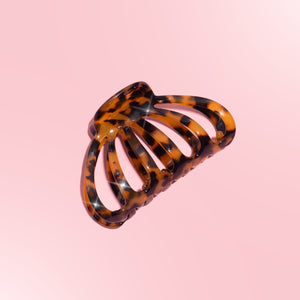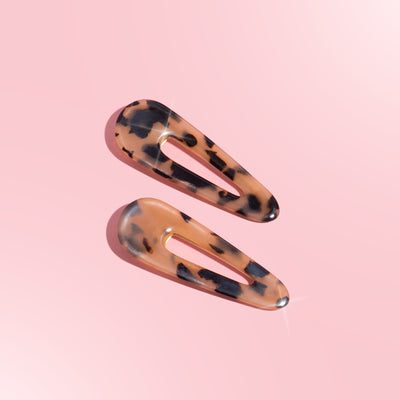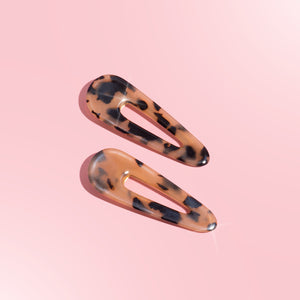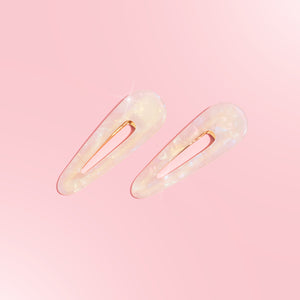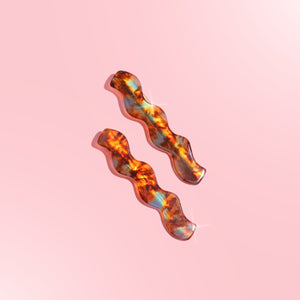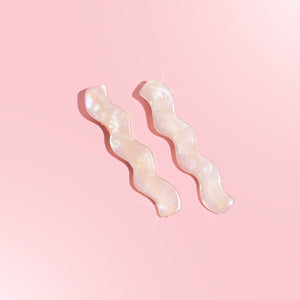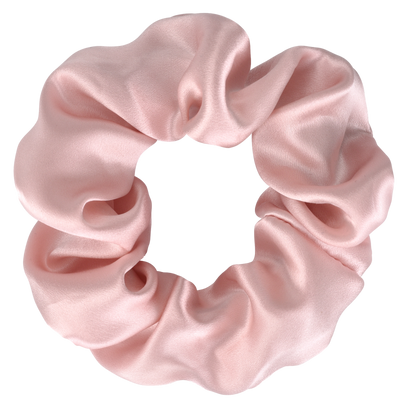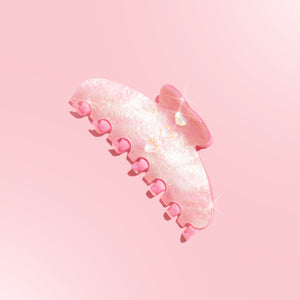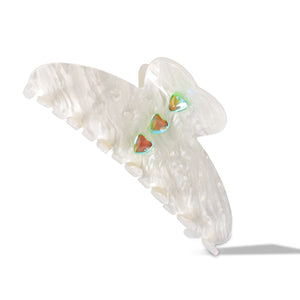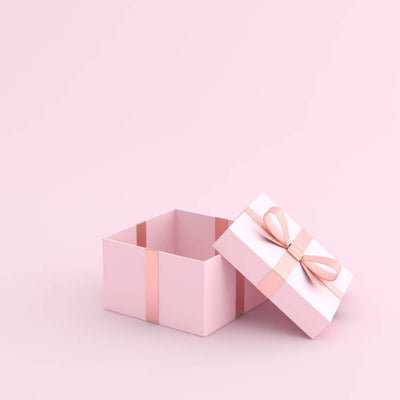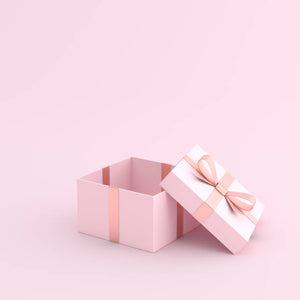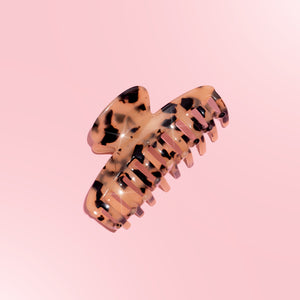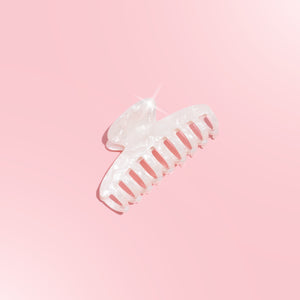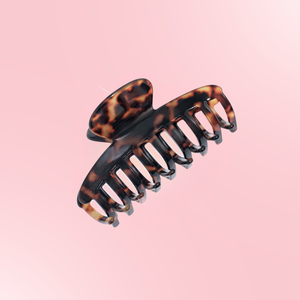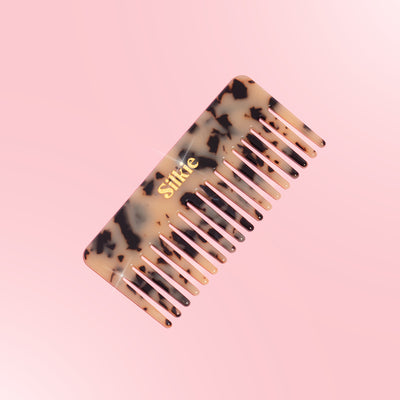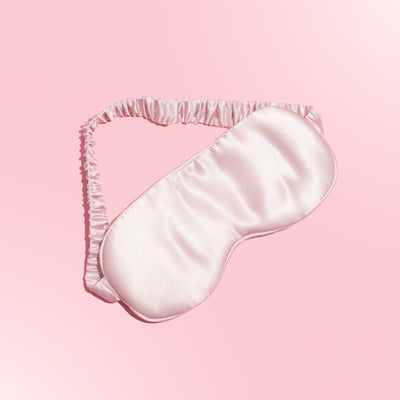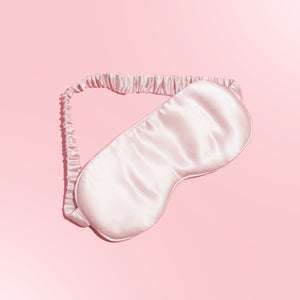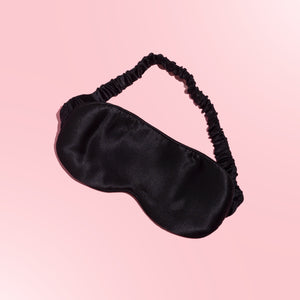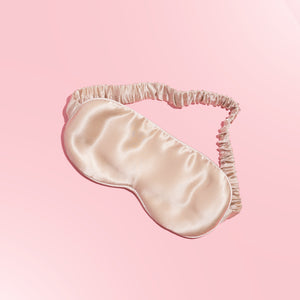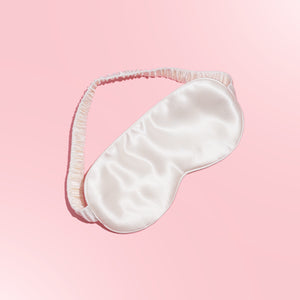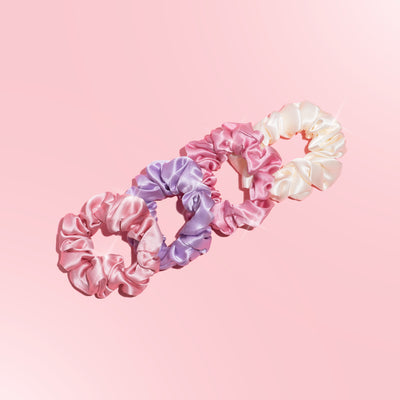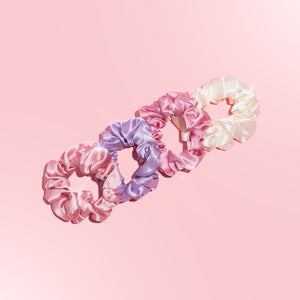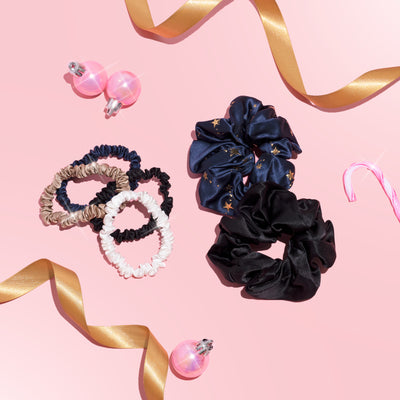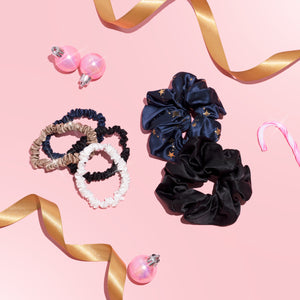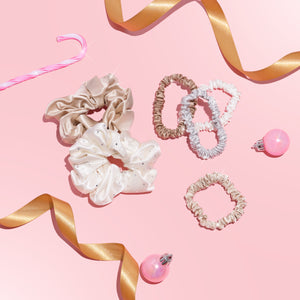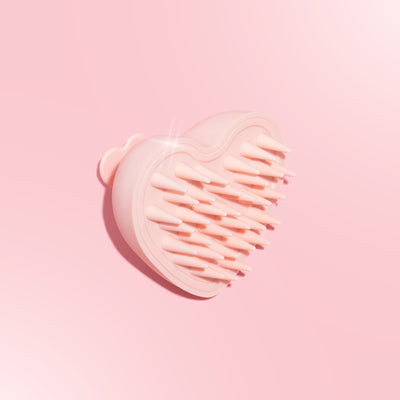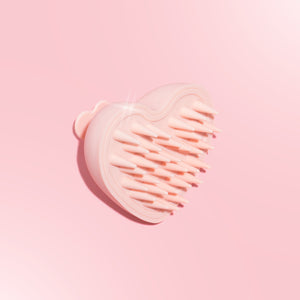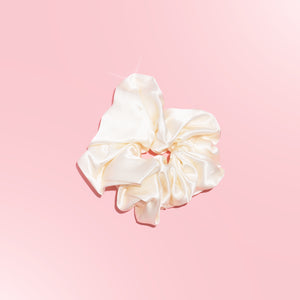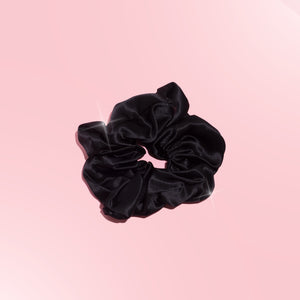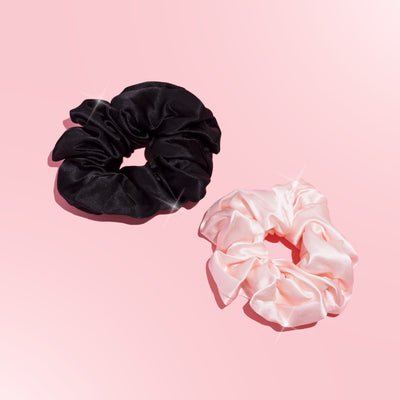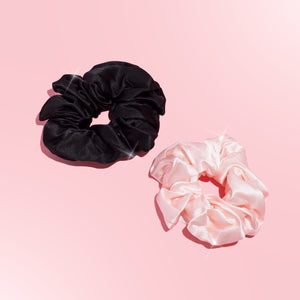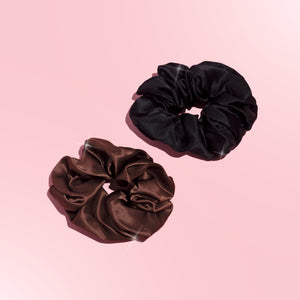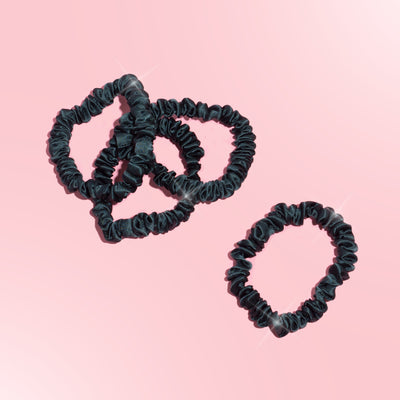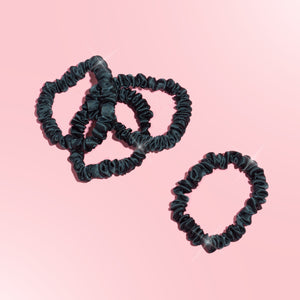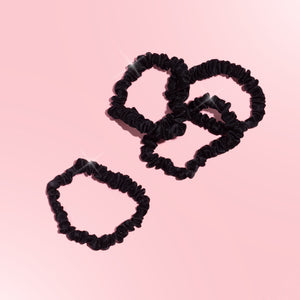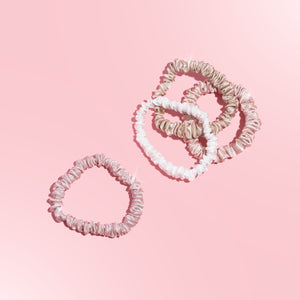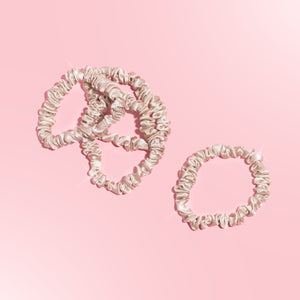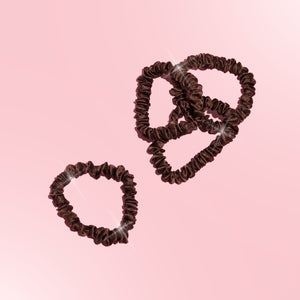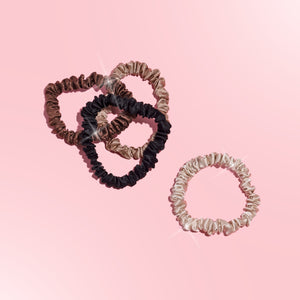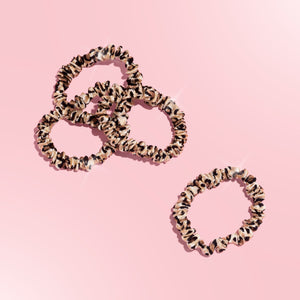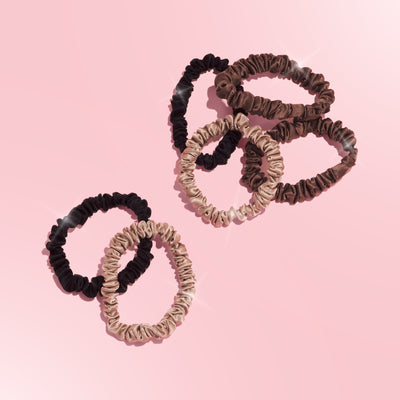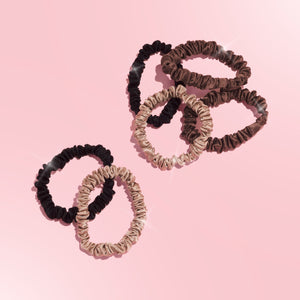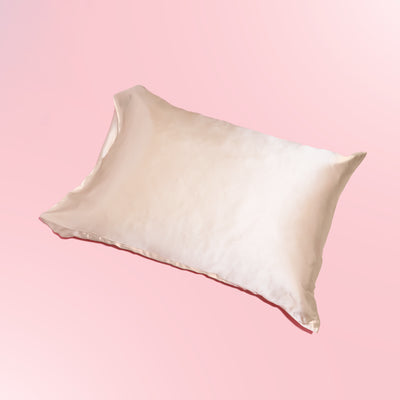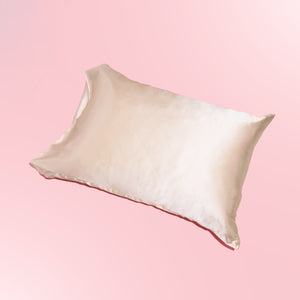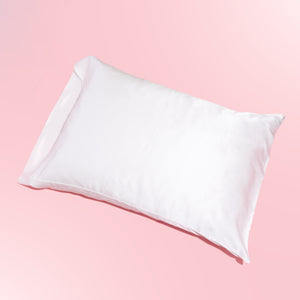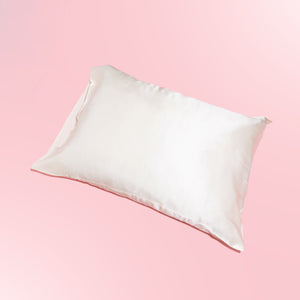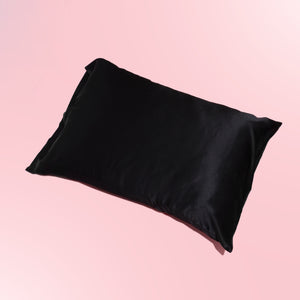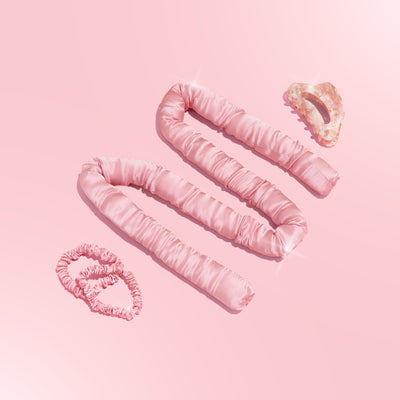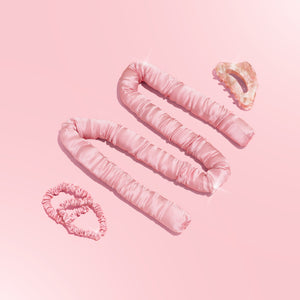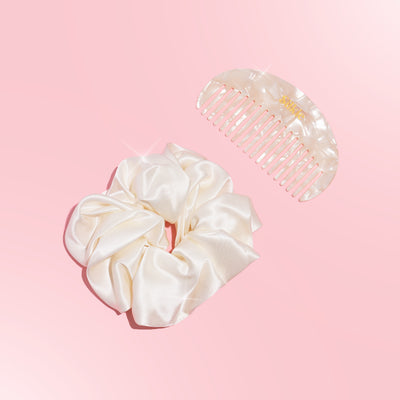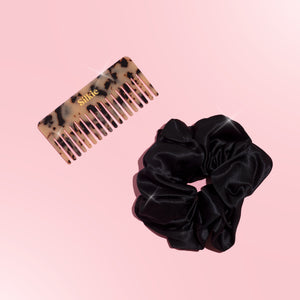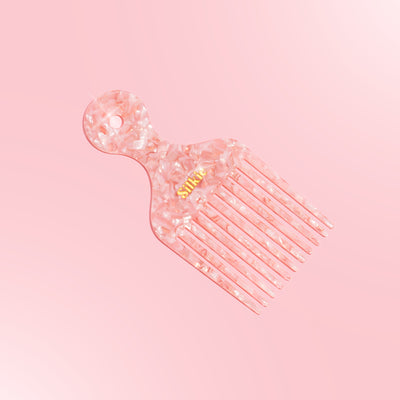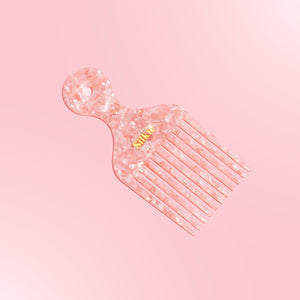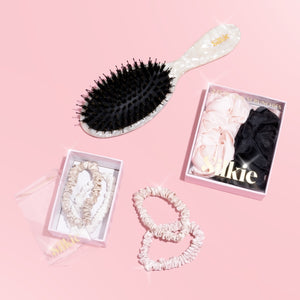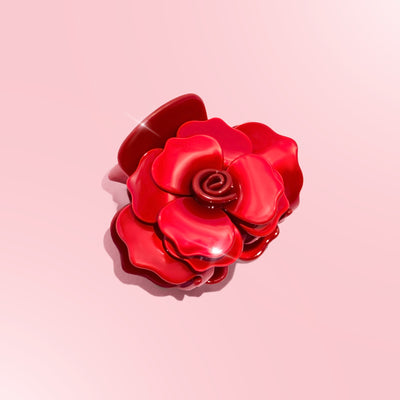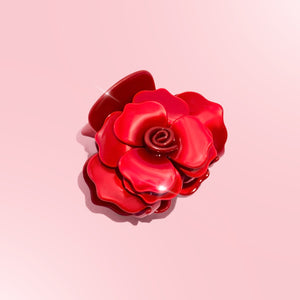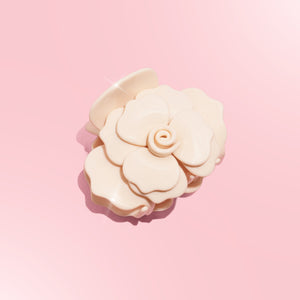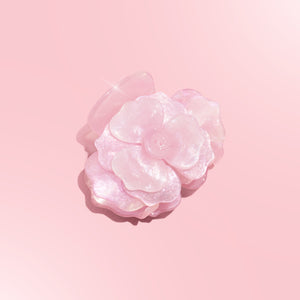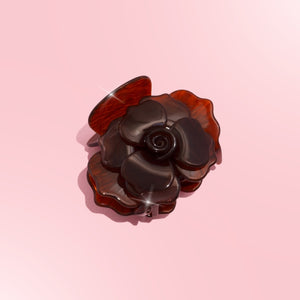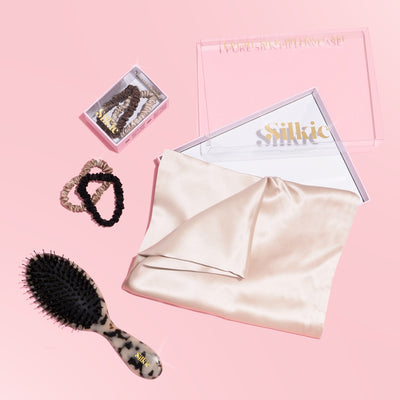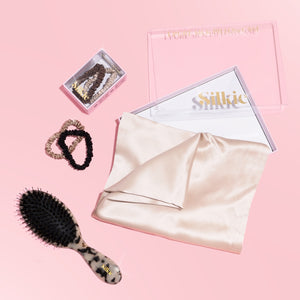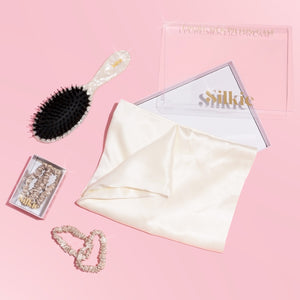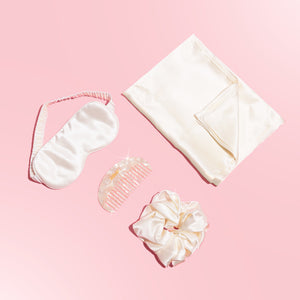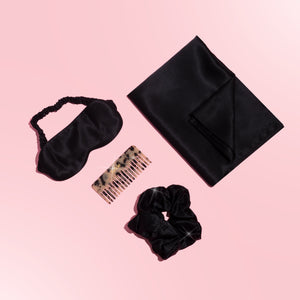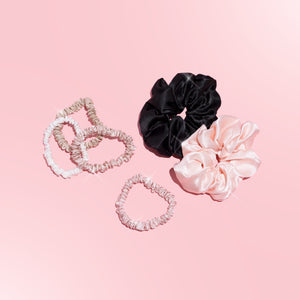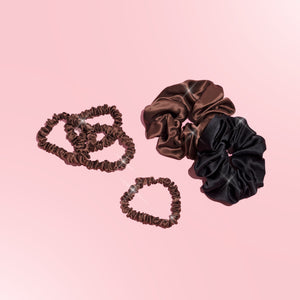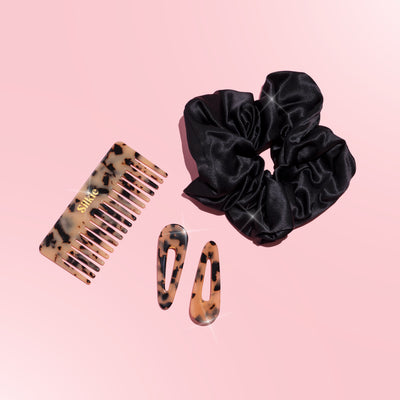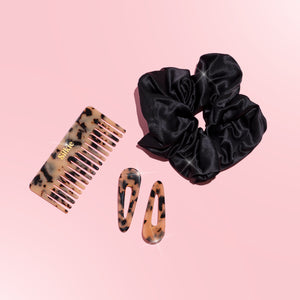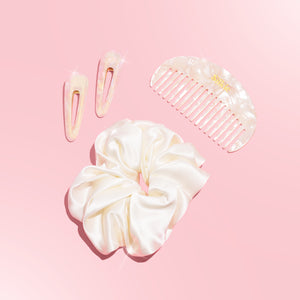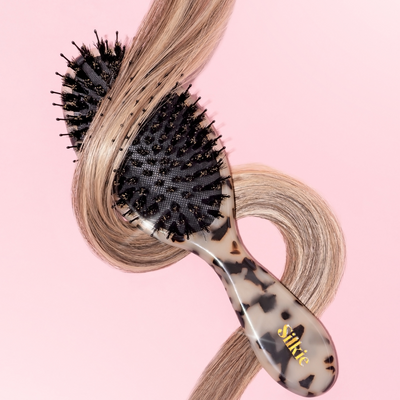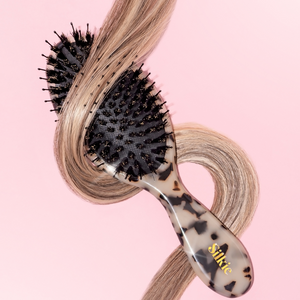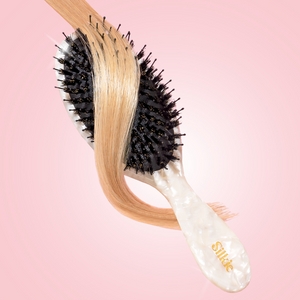If you’ve ever woken up to find strands of hair scattered across your pillow, you’re not alone. Hair shedding is a natural process, but did you know that your pillowcase could be making it worse? The type of fabric you sleep on plays a significant role in how much hair you lose overnight. From friction to moisture absorption, the wrong pillowcase can weaken your strands, leading to unnecessary breakage and shedding.
So, how exactly does your pillowcase affect your hair, and what’s the best option for keeping your locks healthy? Let’s break it all down.
The Link Between Pillowcases and Hair Shedding
Friction Causes Breakage
One of the biggest culprits behind excessive hair shedding is friction. When you sleep, your head constantly moves against the pillowcase. If you’re using a rough or absorbent fabric like cotton, the friction creates tension on your strands, leading to breakage and split ends.
Hair types most affected:
- Curly and wavy hair (which is already prone to dryness and tangling)
- Fine hair (which is more delicate and breaks easily)
- Treated or colored hair (which is weaker and more prone to damage)
Moisture Loss Weakens Hair
Healthy hair needs moisture to stay strong and resilient. Unfortunately, some pillowcase materials absorb natural oils from your hair, leaving your strands dry and brittle. Cotton, for example, is highly absorbent and can strip your hair of essential hydration. When hair becomes dry, it loses elasticity, making it more prone to shedding.
Hair types most affected:
- Dry or damaged hair
- Chemically treated or dyed hair
- Naturally curly or coily hair (which requires extra hydration)
Static and Tangles Lead to More Hair Loss
Ever wake up with a frizzy mess of tangles? That’s often due to static buildup from rough fabrics. When your hair rubs against a pillowcase with high friction, it creates knots and tangles, which are difficult to remove without pulling or breaking hair. The result? You lose more strands than necessary when you brush or style in the morning.
Hair types most affected:
- Thick hair (which tangles easily)
- Long hair (which has more surface area to knot up)
- Wavy and curly hair (which is prone to frizz and tangles)
Allergens and Bacteria Can Weaken Hair Follicles
Did you know your pillowcase can harbor dust mites, bacteria, and allergens? If you don’t wash your pillowcase frequently or use materials that trap sweat and oils, you could be exposing your scalp to irritants that clog hair follicles and contribute to excessive shedding.
Hair types most affected:
- Oily hair (which is more prone to buildup)
- Sensitive scalps (which react easily to irritants)
- Anyone experiencing scalp conditions like dandruff or itchiness
The Best Pillowcase Materials for Healthy Hair
Now that you know how your pillowcase can contribute to hair shedding, what’s the best alternative? Here are the top fabrics that can protect your strands:
Silk Pillowcases: The Gold Standard
Silk is the ultimate game-changer for hair health. It has a smooth, friction-free surface that prevents breakage, reduces static, and helps hair retain moisture. Plus, silk is naturally hypoallergenic, which means fewer allergens irritating your scalp.
Best for:
- Curly, coily, and wavy hair
- Fine and delicate hair
- Anyone experiencing excessive shedding
Satin Pillowcases: A Budget-Friendly Alternative
Satin offers similar benefits to silk but at a lower price point. While not a natural fiber, satin’s smooth texture reduces friction and helps prevent moisture loss, making it a great alternative to cotton.
Best for:
- All hair types, especially those prone to tangles
- People looking for a silk alternative without the high cost
Bamboo Pillowcases: A Breathable, Eco-Friendly Choice
Bamboo fabric is softer than cotton and less absorbent, which means it won’t strip your hair of moisture as much. It’s also naturally antibacterial and moisture-wicking, helping to keep your scalp fresh overnight.
Best for:
- Oily hair types that need breathability
- People with scalp sensitivities or allergies
High-Thread-Count Cotton (If You Must Use Cotton)
If you’re not ready to switch to silk or satin, go for a high-thread-count cotton pillowcase (at least 600 thread count). The higher the thread count, the smoother the fabric will be, reducing friction compared to lower-quality cotton.
Best for:
- Those who prefer natural fabrics but want less hair damage
- People with thick or strong hair that doesn’t tangle easily
Other Ways to Prevent Hair Shedding While You Sleep
Switching your pillowcase is a great start, but here are a few other ways to protect your hair overnight:
- Sleep with your hair in a loose braid or bun to prevent tangles.
- Use a silk or satin hair wrap or bonnet for extra protection.
- Apply a leave-in conditioner or hair oil before bed to lock in moisture.
- Wash your pillowcase frequently (at least once a week) to keep it free of oils and bacteria.
Final Thoughts: Small Change, Big Impact
If you’re struggling with hair shedding, your pillowcase might be the unexpected culprit. Swapping out a rough cotton pillowcase for a silk or satin one can reduce breakage, retain moisture, and keep your strands healthier over time.
Want to upgrade your beauty sleep? Shop Silkie’s premium silk pillowcases and wake up with smoother, healthier hair every morning! Browse our collection at www.shopsilkie.com.

